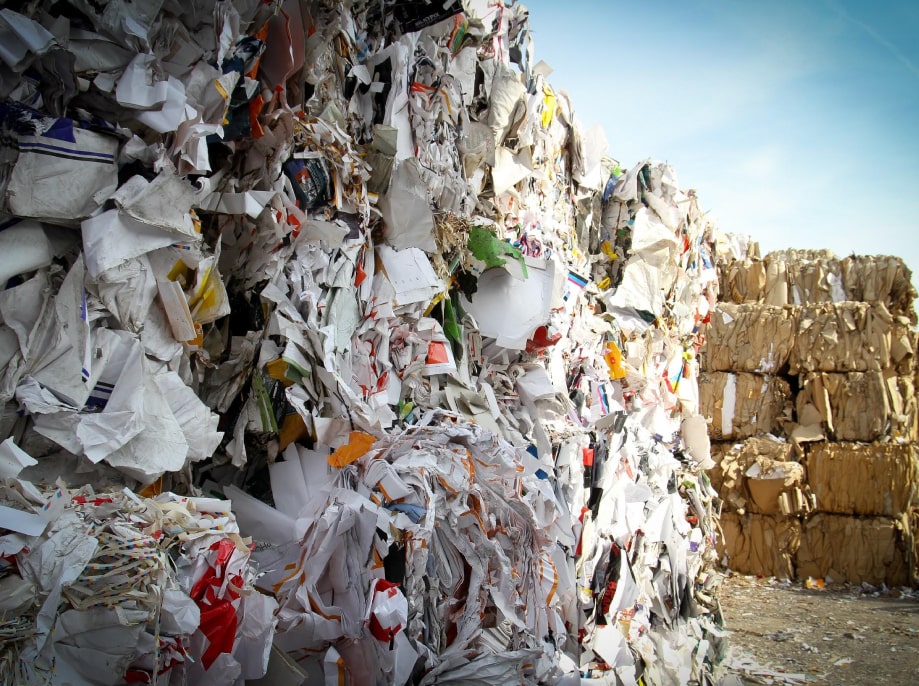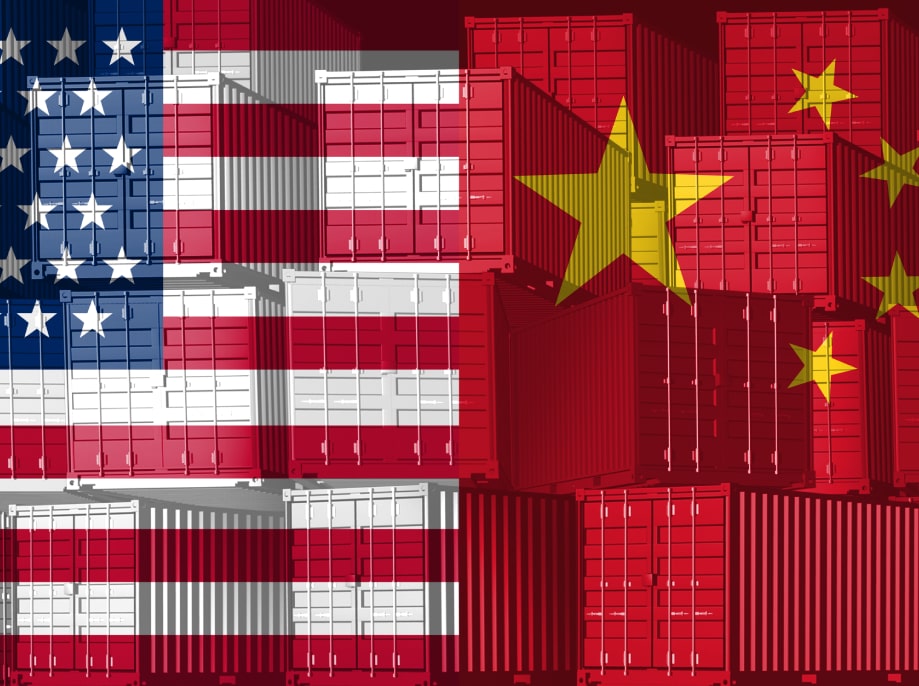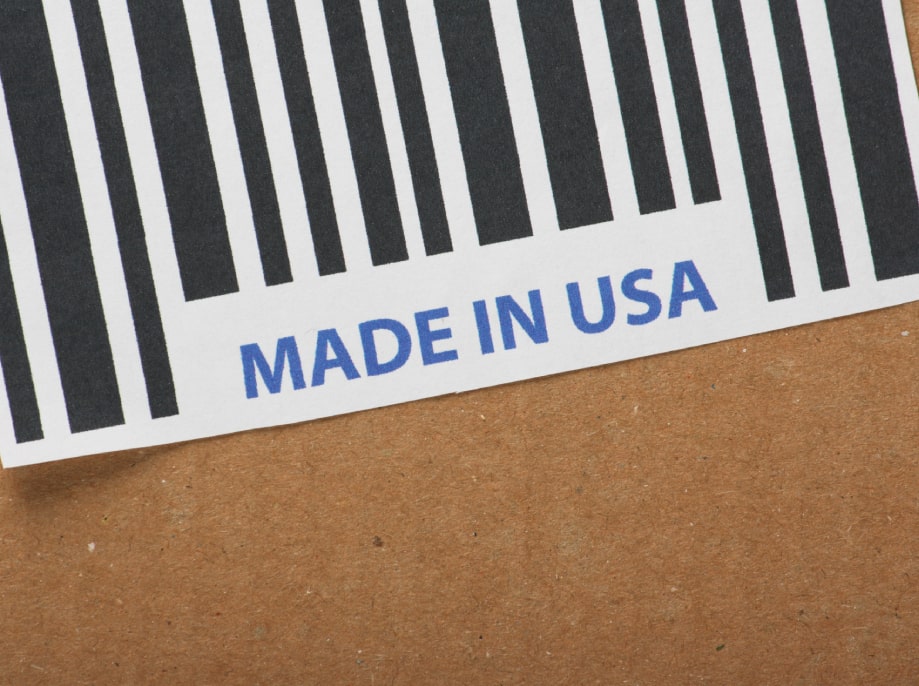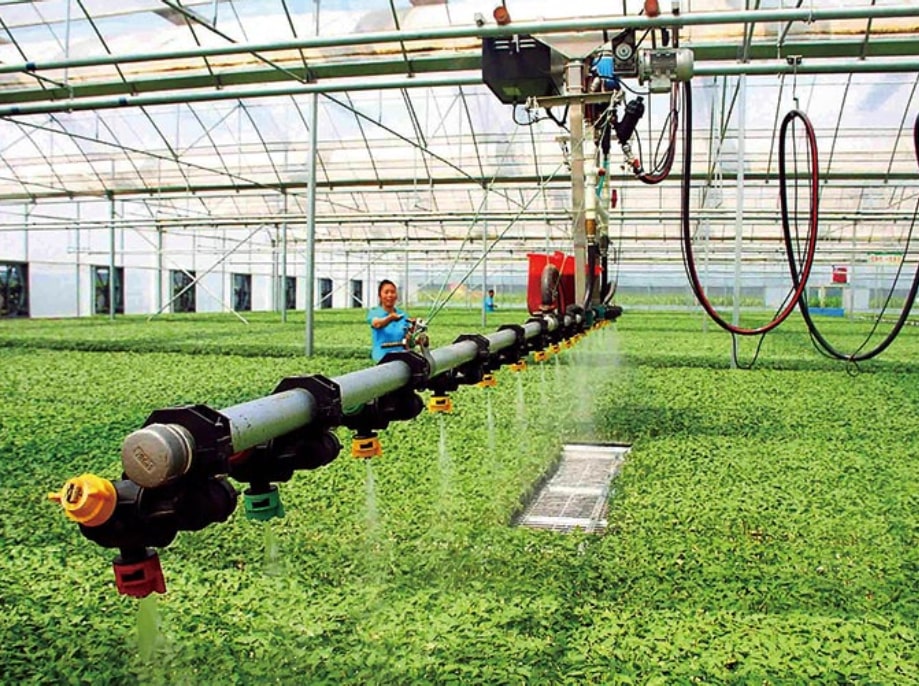
One Nation’s Trash Is Not Another Nation’s Treasure It's been three years since China officially announced that it was done importing "foreign garbage." This presented countries like the U.S. and Japan, major exporters of old newspapers, boxes, and plastic bottles, with the challenge of finding somewhere else to ship their junk. The proclamation completely pummeled recycling programs and organizations around the world.
Now the Chinese government is promising to finish what they started. Or will they?
Even as China has drafted plans to eliminate nearly all rubbish imports by the end of the year, regulators are issuing permits to import millions of tons of it. Steelmakers are pressuring the government to allow even more, and officials are vetting a plan to permit particular "solid waste" imports to be reclassified as valuable raw materials.
So what's the cause of all this confusion? Simple economics.
Manufacturers in China depend on importer raw materials to function. Importing and recycling scraps have allowed China's factories to access cheap materials and support its emerging economy. But while recyclables can be valuable for Chinese manufacturers, recycling generates more garbage and pollution through energy-intensive processes and contaminated bales of imported waste.
China has been the world's dumpster for almost 50 years. In 2012 it imported 7.3 million tons of waste plastics, valued at $3.7 billion, accounting for 56% of world imports!
According to a Science Advances study, since 1992, more than two-thirds of the world's plastic waste has ended up in China. And this only accounts for plastic!
Apart from Hong Kong, the most significant sources of that plastic waste were Japan and the United States, which accounted for roughly 10% of each volume, according to data from the International Trade Center, a United Nations-WTO joint venture.
By closing its doors to foreign scraps, Beijing hopes the ban will positively impact local concerns such as water and air pollution and help "to protect China's environmental interests and people's health."
In response to the ban, the global trade price of many scrap materials plummeted. While the harm this caused American recycling programs was well-publicized, few Western news outlets mentioned the pain imposed on China's manufacturers.
When the restrictions were first imposed, China relied on recycled paper for 67% of its fiber needs; of that, 41% was imported. As the rules became more strict, paper mills were forced to either shut down or move their operations to Southeast Asia or North America.
And it's not just the paper makers who are having problems! Restrictions on the import of scrap iron and steel have resulted in supply shortages and higher prices. China's decision to restrict copper scrap imports — representing 10% of its supply — has forced the country's highly lucrative processing industry to move overseas. There, the metal is processed and then shipped right back to China for use.
There is some good news in all of this! At least some of China's official policymakers have begun to think pragmatically. By agreeing to reclassify certain imports, such as brass, aluminum, and steel scrap, they're creating a way to ensure foreign recycling can still play a profitable role in China's economy while still saving face.
For now, millions upon millions of tons of scrap paper and cardboard will continue to flow into China's ports. If the post-Covid recovery uses as much recycling as possible, this will be good for China's economy and the environment.





